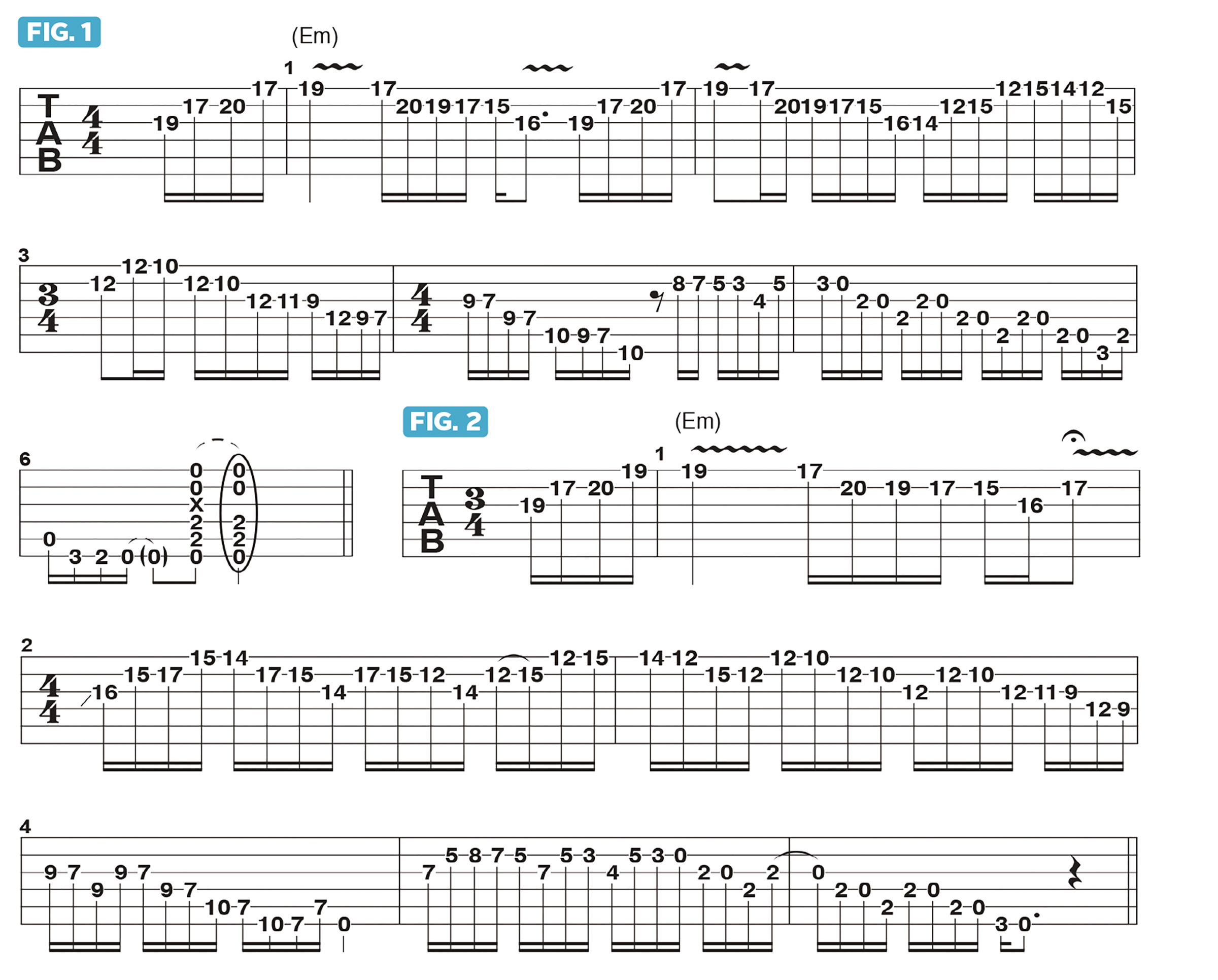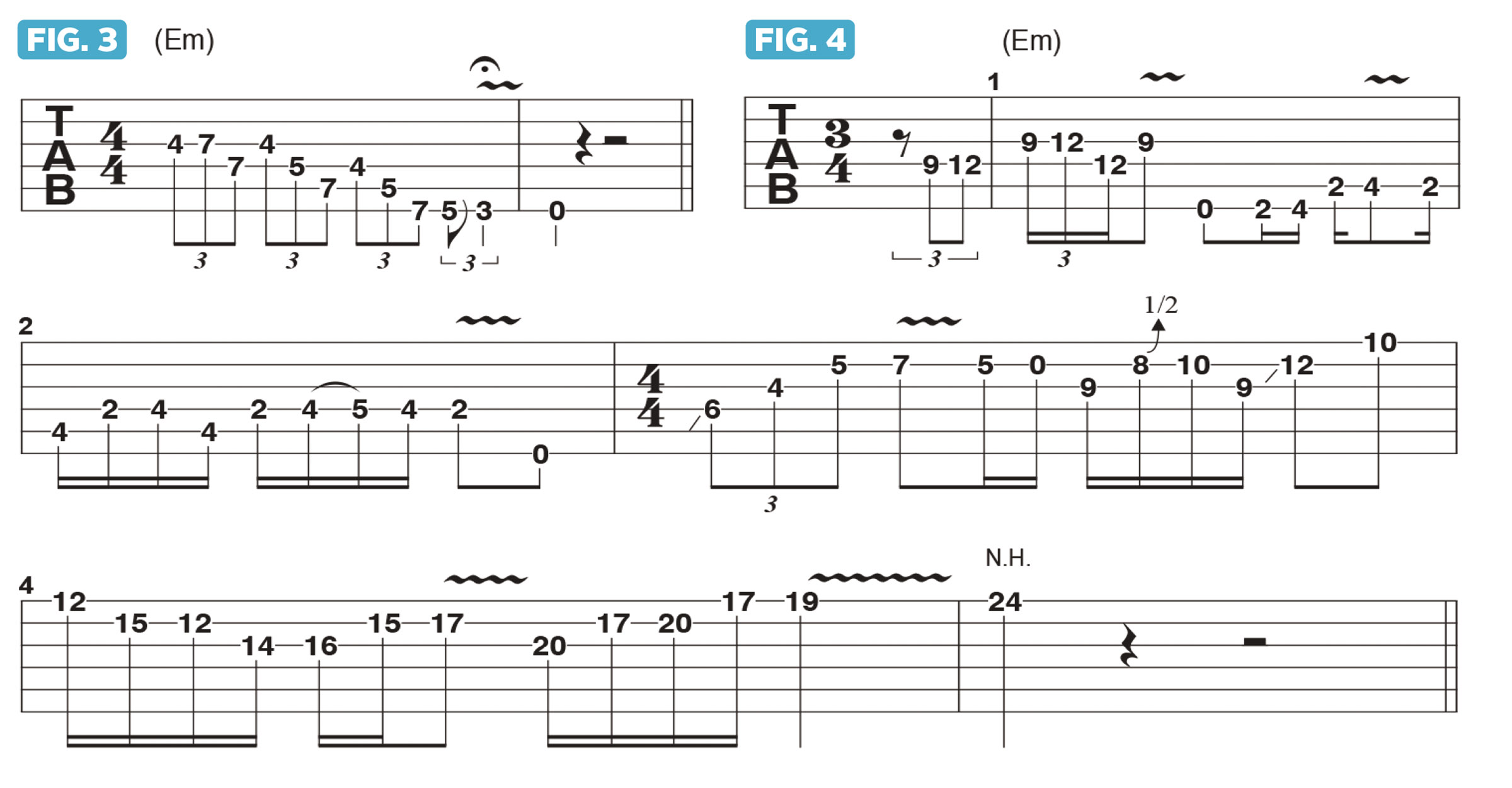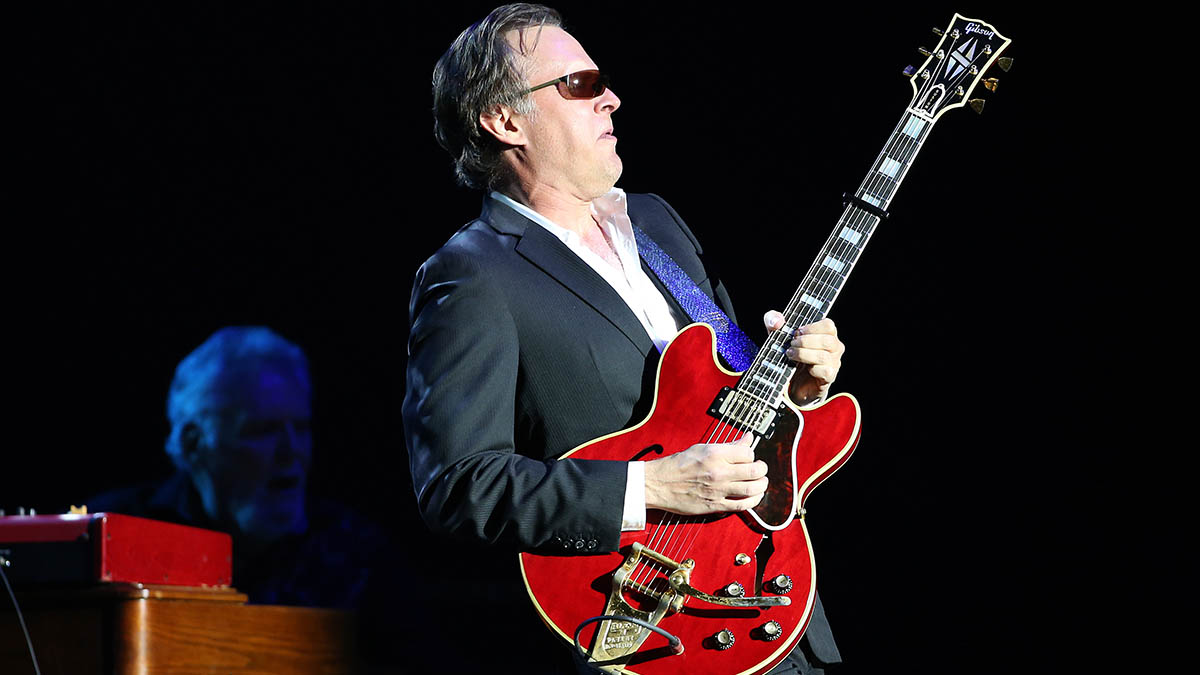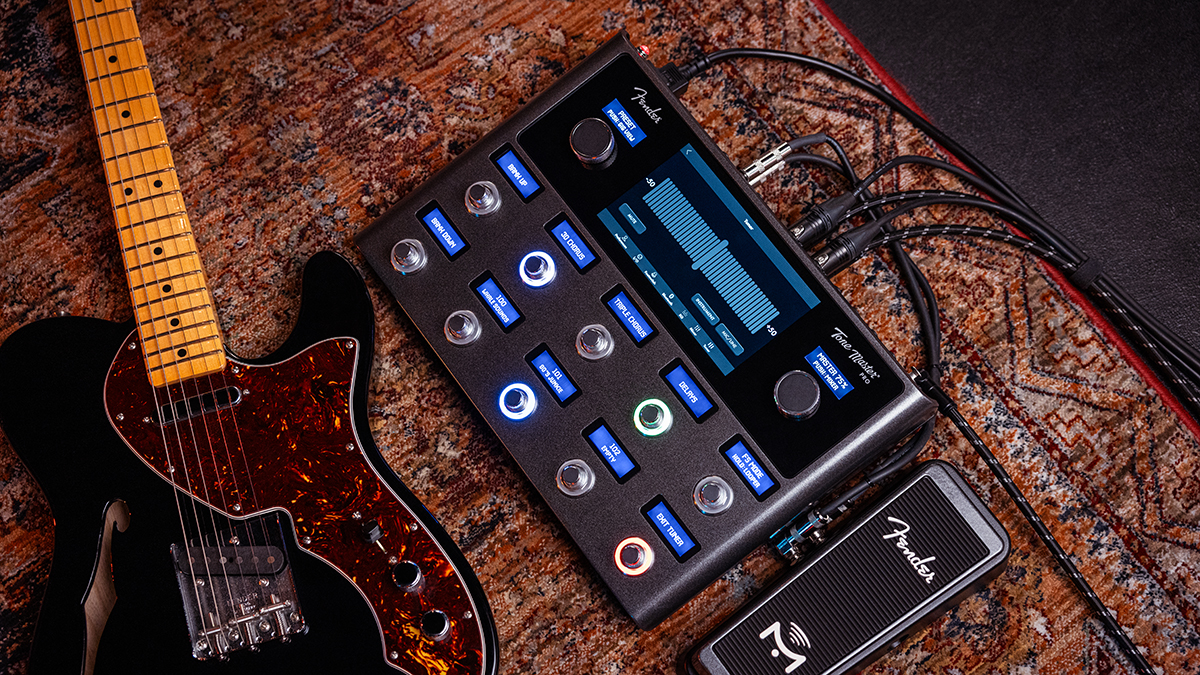“Yes, Eric can certainly shred! But more important than his speed is his accuracy. Accuracy will always win the day over speed”: Joe Bonamassa shows you how to connect lead phrases like Eric Johnson
Eric Johnson's playing is inspiring but bamboozling. How does he sound so fluid? Well, Joe Bonamassa has some thoughts (and four examples) on how we can nail Johnson's style
Eric Johnson is without doubt one of the greatest guitarists of all time, and, as I’ve stated, he has been a huge influence for me from the very first moment I heard him, way back in 1986.
One of the things essential to Eric’s style is the incredibly seamless way he connects his lead phrases. Most people’s reaction to listening to an Eric Johnson solo is to say, “Wow, it’s so fast!”
Yes, Eric can certainly shred! But more important than his speed is his accuracy. Accuracy will always win the day over speed. You want to, and need to, hear the notes clearly!
When I was a kid, I would take single-note phrases and drill them in every key, on every fret of the instrument. Knowing where the notes are will keep you out of trouble, while also allowing you to play long, cascading lines that traverse the fretboard, as Eric does.
Figure 1 presents a six-bar phrase that’s based on the E minor pentatonic scale (E, G, A, B, D) with the inclusion of the 2nd, or 9th, F#. This added note gives you the E minor hexatonic scale (E, F#, G, A, B, D), which works equally well in either an E Dorian or E Aeolian context.
In bars 1-3, all of the notes are played on the top three strings, facilitated by several shifts down the neck, from 17th to 15th to 12th, 10th and 9th positions. At the end of bar 3, I shift down to 7th position, and at the end of bar 4 I shift to 3rd position. I end the phrase in bar 6 all the way down in 1st position.
Figure 2 offers an example of the same type of technique and use of position shifts, but played faster and in a more EJ-type of style. As you can see, there’s a logic and clarity to the way the patterns are linked together.
All the latest guitar news, interviews, lessons, reviews, deals and more, direct to your inbox!
Work through these shifts and note sequences slowly and carefully at first, striving to make every note sound as clear as possible. Once you have the patterns down, gradually increase the speed.
Played primarily in 4th position and across the bottom four strings, Figure 3 is an example of an Eric Johnson-style line that’s built from eighth-note triplets and Em (E, G, B) and Bm (B, D, F#) arpeggios, with the phrase resolving to Em via the open low E string.
You could (and should!) expand this approach to other scales and keys. In Figure 4, I begin with a short phrase based on E minor pentatonic, followed by a mutation to the parallel E major pentatonic scale (E, F#, G#, B, C#) on beat 2 of bar 1.
In bar 3, I switch back to E minor pentatonic on beat 3 and stay with this scale through the remainder of the phrase, ending with a high E natural harmonic (N.H) above where the 24th fret would be (this is the same pitch as the 5th-fret natural harmonic).
An effective way to practice these types of runs is to move through them slowly. I prefer alternate (down-up) picking all of the notes, but also try using pull-offs as you move down, or hammer-ons as you move up, or an occasional economy stroke/sweep.
- This article first appeared in Guitar World. Subscribe and save.
Joe Bonamassa is one of the world’s most popular and successful blues-rock guitarists – not to mention a top producer and de facto ambassador of the blues (and of the guitar in general).
You must confirm your public display name before commenting
Please logout and then login again, you will then be prompted to enter your display name.




